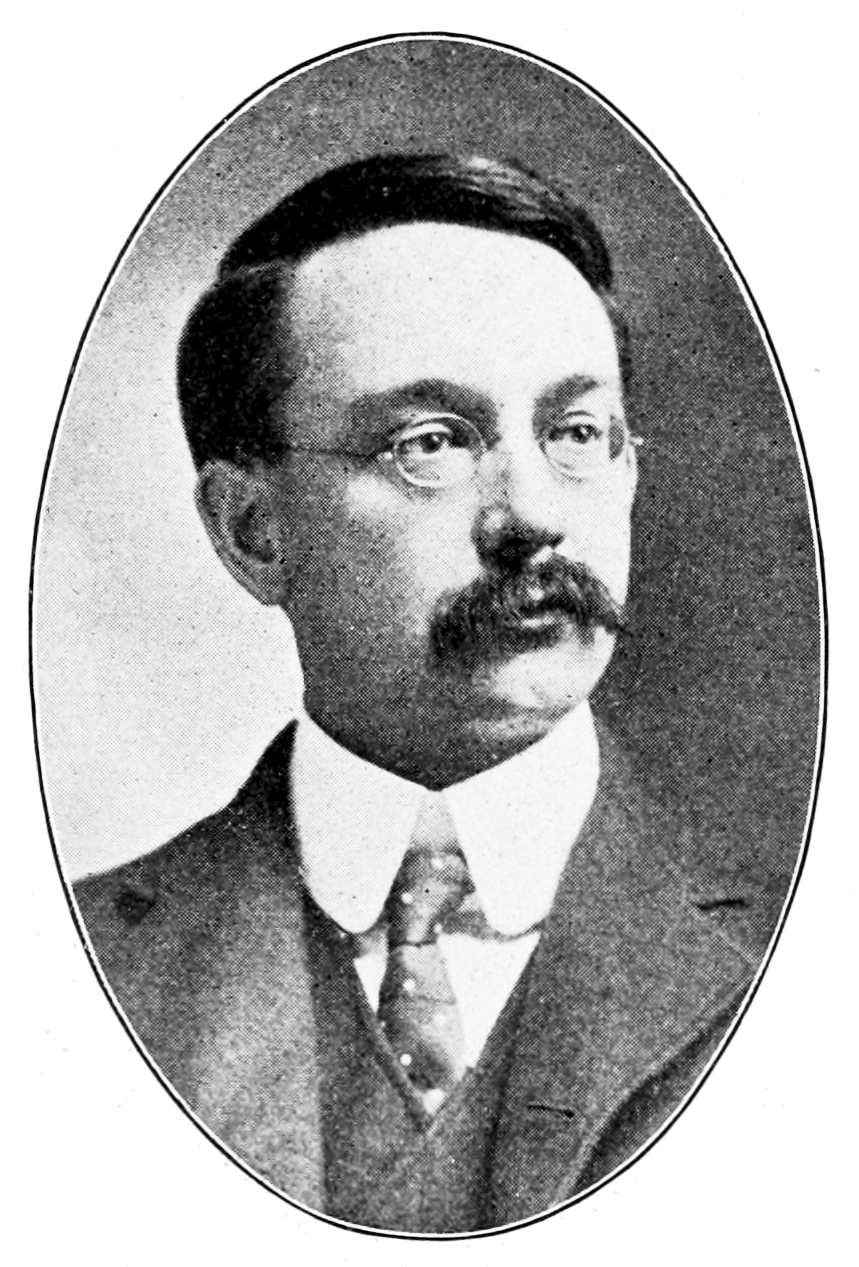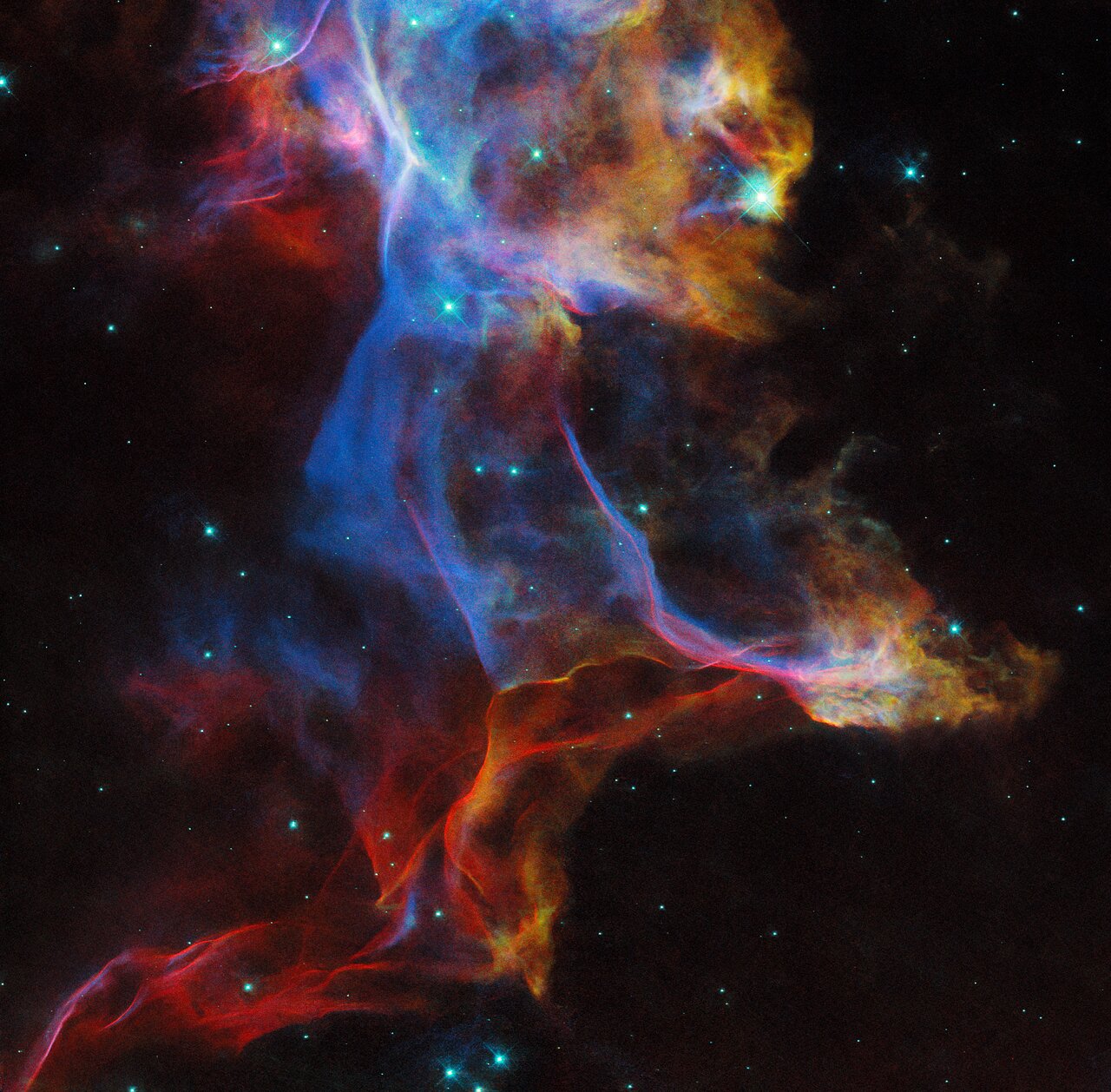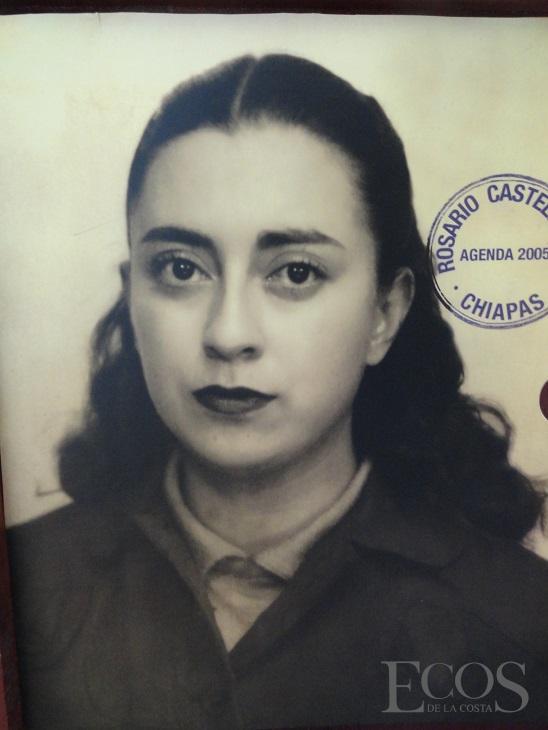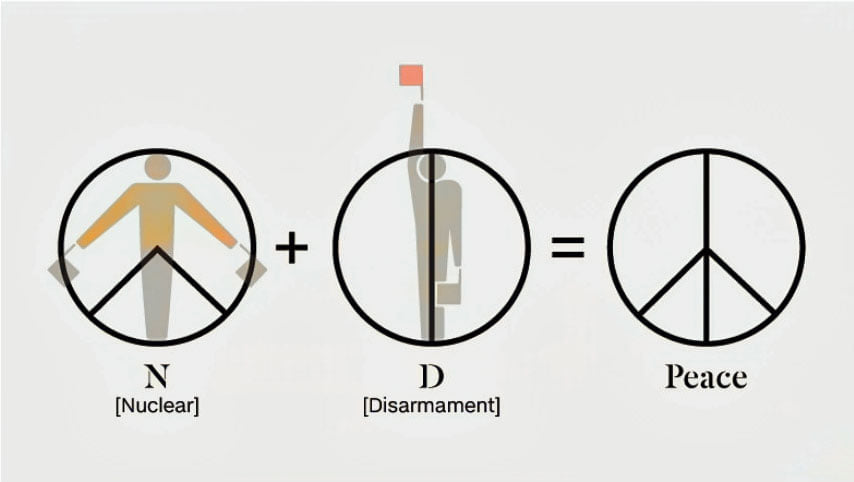Blog
George Harrison (25 February 1943 – 29 November 2001) was an English musician, singer and songwriter who achieved international fame as the lead guitarist of the Beatles. Sometimes called “the quiet Beatle”, Harrison embraced Indian culture and helped broaden the scope of popular music through his incorporation of Indian instrumentation and Hindu-aligned spirituality in the Beatles’ work.
Although most of the band’s songs were written by John Lennon and Paul McCartney, most Beatles albums from 1965 onwards contained at least two Harrison compositions. His songs for the group include “Taxman“, “Within You Without You“, “While My Guitar Gently Weeps“, “Something” and “Here Comes the Sun“. Harrison’s earliest musical influences included George Formby and Django Reinhardt; subsequent influences were Carl Perkins, Chet Atkins and Chuck Berry. By 1965, he had begun to lead the Beatles into folk rock through his interest in Bob Dylan and the Byrds, and towards Indian classical music through his use of Indian instruments, such as the sitar, which he had become acquainted with on the set of the film Help!. He played sitar on numerous Beatles songs, starting with “Norwegian Wood (This Bird Has Flown)“. Having initiated the band’s embrace of Transcendental Meditation in 1967, he subsequently developed an association with the Hare Krishna movement.
After the Beatles disbanded, Harrison released the triple album All Things Must Pass, a critically acclaimed work that produced his most successful hit single, “My Sweet Lord“, and introduced his signature sound as a solo artist, the slide guitar. He also organised the 1971 Concert for Bangladesh with Indian musician Ravi Shankar, a precursor to later benefit concerts such as Live Aid. In his role as a music and film producer, Harrison produced acts signed to the Beatles’ Apple record label before founding Dark Horse Records in 1974. He co-founded HandMade Films in 1978, initially to produce the Monty Python troupe’s comedy film The Life of Brian(1979).
Harrison released several best-selling singles and albums as a solo performer. In 1988, he co-founded the platinum-selling supergroup the Traveling Wilburys. A prolific recording artist, he was featured as a guest guitarist on tracks by Badfinger, Ronnie Wood, and Billy Preston, and collaborated on songs and music with Dylan, Eric Clapton, Ringo Starr, and Tom Petty. Rolling Stone magazine ranked him number 31 in their 2023 list of greatest guitarists of all time. He is a two-time Rock and Roll Hall of Fame inductee – as a member of the Beatles in 1988, and posthumously for his solo career in 2004.
Harrison’s first marriage to model Pattie Boyd in 1966 ended in divorce in 1977. In the following year he married Olivia Arias, with whom he had a son, Dhani. A lifelong cigarette smoker, Harrison died of numerous cancers in 2001 at the age of 58, two years after surviving a knife attack by an intruder at his home, Friar Park. His remains were cremated, and the ashes were scattered according to Hindu tradition in a private ceremony in the Ganges and Yamuna rivers in India. He left an estate of almost £100 million.
more...

more...
In this NASA/ESA Hubble Space Telescope Picture of the Week, Hubble has once again lifted the veil on a famous — and frequently photographed — supernova remnant: the Veil Nebula. This nebula is the remnant of a star roughly 20 times as massive as the Sun that exploded about 10 000 years ago. Situated about 2400 light-years away in the constellation Cygnus, this photogenic nebula made an appearance as the Picture of the Week previously in 2021.
This view combines images taken in three different filters by Hubble’s Wide Field Camera 3 instrument, highlighting emission from hydrogen, sulphur and oxygen atoms. This image shows just a small fraction of the Veil Nebula; if you could see the entire nebula without the aid of a telescope, it would be as wide as six full Moons placed side by side. Look in the sidebar of this page to see this image superimposed on its location in the sky, and try zooming out to compare the size of the full nebula!
Although this image captures the Veil Nebula at just a single point in time, it will help researchers understand how the supernova remnant has evolved over decades. Combining this snapshot with Hubble observations from 1994 will reveal the motion of individual knots and filaments of gas over that span of time, enhancing our understanding of this stunning nebula.
[Image Description: A colourful, glowing nebula that reaches beyond the top and bottom of the image. It is made of translucent clouds of gas: wispy and thin with hard edges in some places, and puffy and opaque in others. Blue, red and yellow colours mix together, showing light emitted by different types of atoms in the hot gas. Bright and pointlike stars are scattered across the nebula. The background is black.]

Nicholas Christian Hopkins (24 February 1944 – 6 September 1994) was an English pianist and organist. He performed on many popular and enduring British and American rock music recordings from the 1960s to the 1990s, including on songs recorded by the Beatles, the Rolling Stones, the Who, the Kinks, the Steve Miller Band, Jefferson Airplane, Rod Stewart, George Harrison, John Lennon, Paul McCartney, Ringo Starr, The Hollies, Cat Stevens, Carly Simon, Harry Nilsson, Joe Walsh, Peter Frampton, Jerry Garcia, Jeff Beck, Joe Cocker, Art Garfunkel, Badfinger, Quicksilver Messenger Service and Donovan. He is widely considered to be one of the greatest studio pianists in the history of popular rock music. Hopkins died on 6 September 1994, at the age of 50, in Nashville, Tennessee, from complications resulting from intestinal surgery related to his lifelong battle with Crohn’s disease.
more...
Michel Jean Legrand (24 February 1932 – 26 January 2019) was a French musical composer, arranger, conductor, jazz pianist, and singer. Legrand was a prolific composer, having written over 200 film and television scores, in addition to many songs. His scores for two of the films of French New Wavedirector Jacques Demy, The Umbrellas of Cherbourg (1964) and The Young Girls of Rochefort (1967), earned Legrand his first Academy Award nominations. Legrand won his first Oscar for the song “The Windmills of Your Mind” from The Thomas Crown Affair (1968),and additional Oscars for Summer of ’42 (1971) and Barbra Streisand‘s Yentl (1983).
more...David “Fathead” Newman (February 24, 1933 – January 20, 2009 Corsicana, TX) was an American jazz and rhythm-and-blues saxophonist, who made numerous recordings as a session musician and leader, but is best known for his work as a sideman on seminal 1950s and early 1960s recordings by Ray Charles.
The AllMusic Guide to Jazz wrote that “there have not been many saxophonists and flutists more naturally soulful than David ‘Fathead’ Newman.”Newman was a leading proponent of the “Texas Tenor” saxophone style, a big-toned, bluesyapproach popularized by jazz tenor players from that state.
more...



Hall Franklin Overton (February 23, 1920 – November 24, 1972) was an American composer, jazz pianist and music teacher.
He was born in Bangor, Michigan, the first of the three sons of Stanford and Ruth (Barnes) Overton. He grew up in Grand Rapids, Michigan. After taking piano lessons as a youngster, Overton realized he’d have to travel beyond his small Midwestern town to find the kind of music instruction he wanted. His high school music teacher recognized Overton’s gift and recommended he attend The Chicago Musical College after graduation. Overton studied theory and composition there from 1940 to 1942.
more...More Posts
- Cosmos NGC 2237
- L. Shankar
- Preston Love
- Teddy Edwards
- Johnny Shines
- World Drumming Babatunde Olatunji
- Daily Roots Johnny Osbourne
- Harry Belafonte Memorial
- Cosmos M81
- Watermelon Slim
- Albert King
- Ella Fitzgerald
- World Music Ali Farka Toure, Tinariwen, Fatoumata Diawara, Rokia
- Daily Roots Yabby You
- Cosmos ACO S520
- John Williams
- Joe Henderson
- Johnny Griffin
- STOP WAR IN UKRAINE World Music Jozef Rybár, Ján Berky, Švihrovská
- Daily Roots Twinkle Brothers



